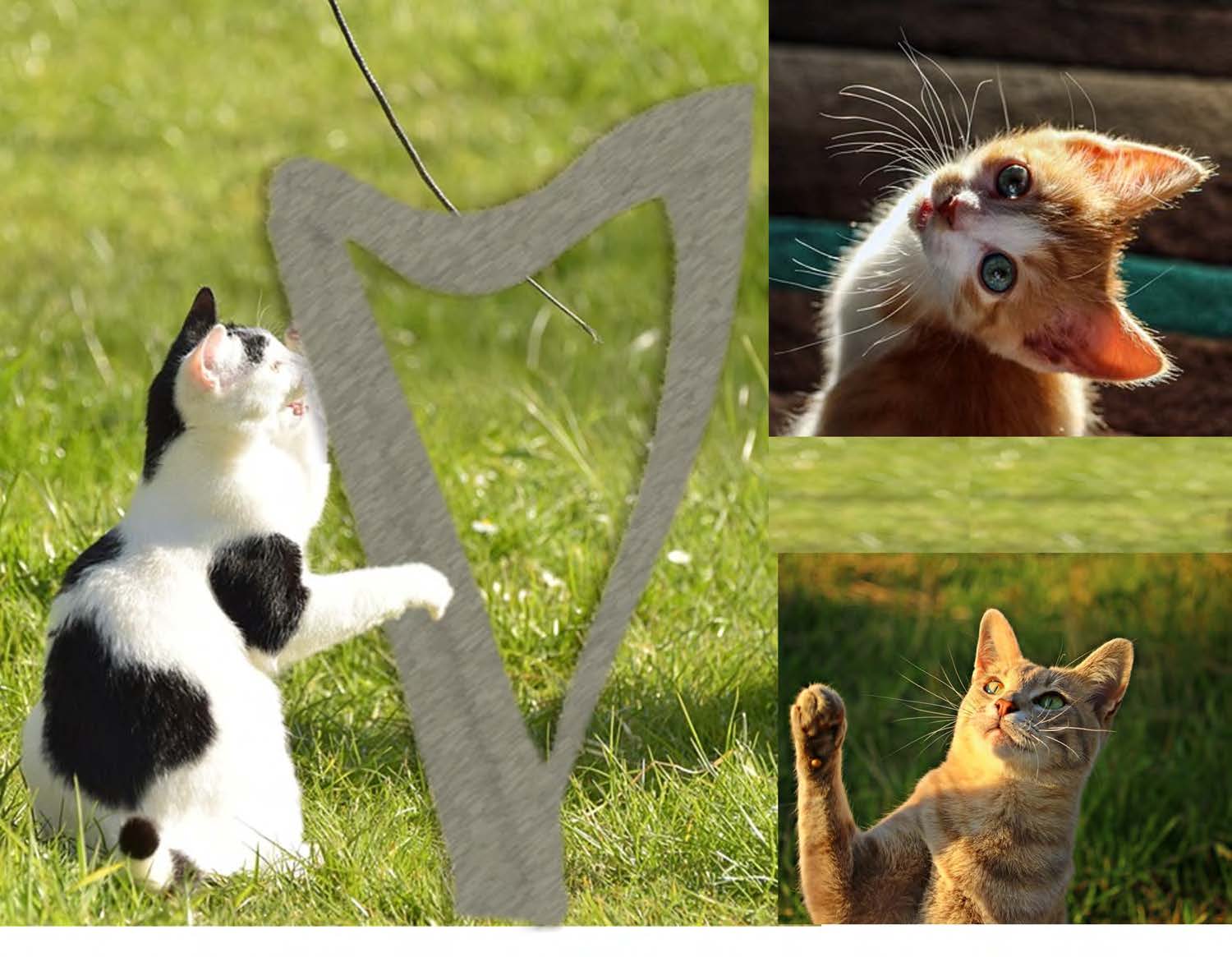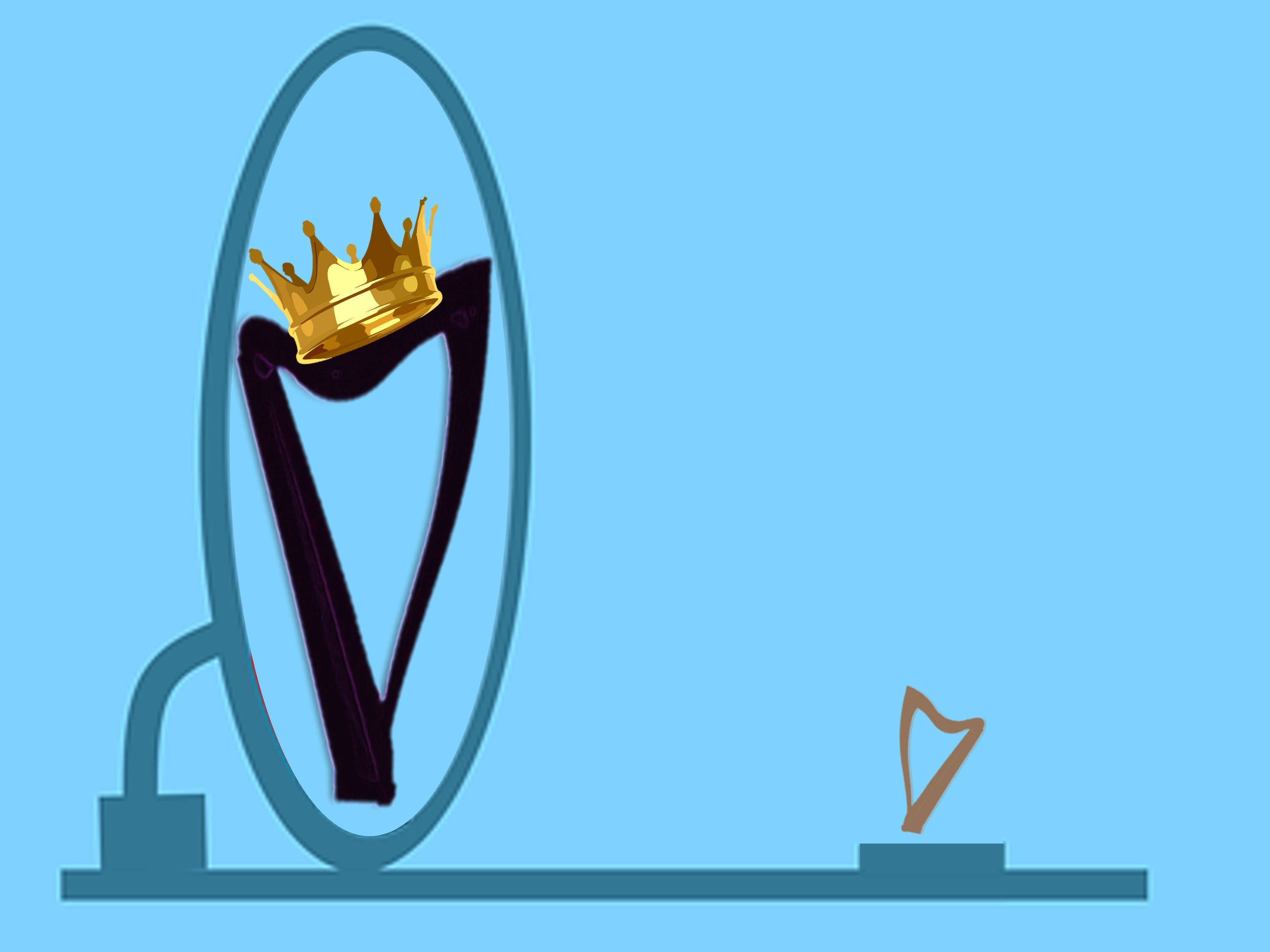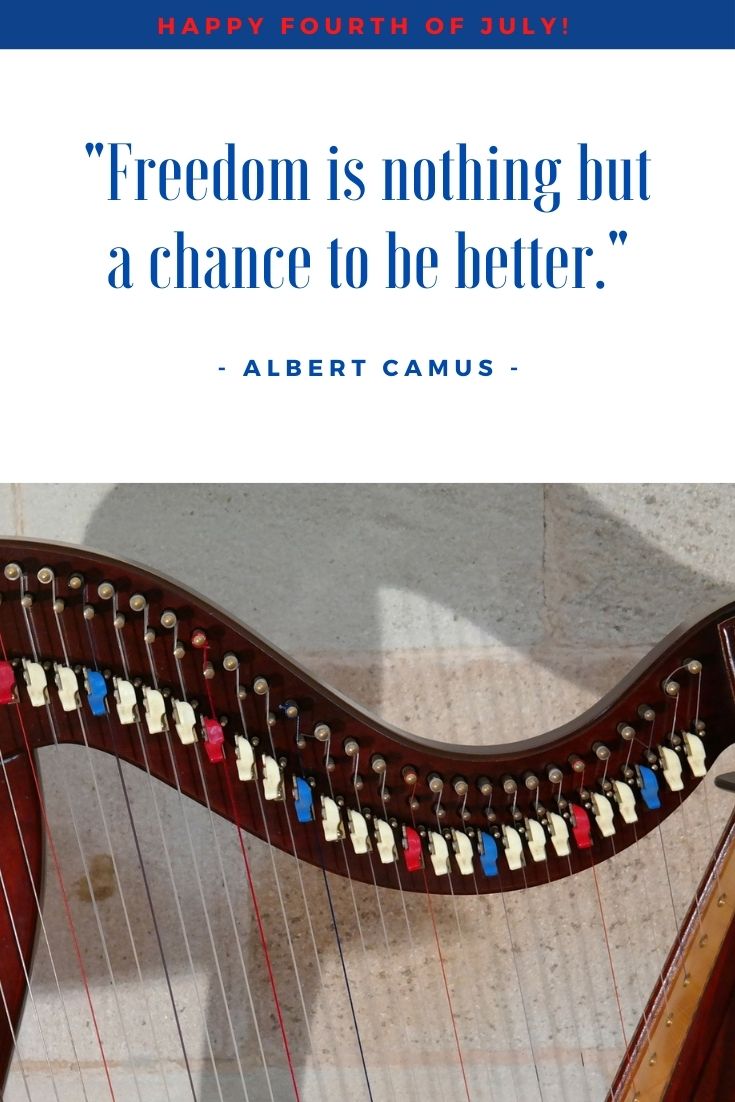Curious, this topic, is it not? Exactly!
 There are many ways to be creative, but it is easy to believe all these ways require loads of time and resources. And honestly, many do – retreats, journals, art supplies, new instruments, group activities, etc. can all be time and money expensive.
There are many ways to be creative, but it is easy to believe all these ways require loads of time and resources. And honestly, many do – retreats, journals, art supplies, new instruments, group activities, etc. can all be time and money expensive.
But curiosity is a surefire way to enhance your creativity and you don’t need a lot of time or money to implement it!
People think curiosity is a talent, but instead, think of it as a skill. As a skill, you can work on develop it – developing it as your own curiosity.
How? Well, I’m glad you were curious enough to ask! I listed a few things to try. Even if you are already fairly curious, you might learn some ways to grow that –
- Unleash your inner two-year-old and ask Why – two-year-olds do it relentlessly, so why don’t you? (see what I did! ????). Don’t just question authority – question everything. Really push on your assumptions, boundaries, and knowledge.
- Unleash your inner ‘tween and ask Why Not – they too ask this relentlessly and with good reason – why not, after all? What’s stopping you?
- Be brave – when you’re alone. This should be the easiest time to be brave – but sometimes it’s the most difficult because it’s when you’re face to face with your biggest nay-sayer and critic. There’s no escape. But still, it is the best place to try being brave – who’s going to tell you no? Only you. But this can be your time to:
- Explore – ask the questions you might have been suppressing – why can’t you play a Qmin7dimsus chord there? What happens if you put a jazz chord progression into your trad tune? What happens if you shift the time signature? How would this sound in another key or another mode? Or a different register? There’s no road map, that’s why it’s called exploring!
- Record and play back – after all, you’re probably not going to like all the answers you come up with your your questions, but every answer deserves to be heard and decided on its merits (and if like me you make noises but can’t remember them – or if you liked them, or if they even were an answer to your question – recording will help!).
- Play like no one is listening – because they’re not! You can make all the noises you want! And the great thing about sound? It dissipates and is gone in an instant! Yea music!
- Explore – ask the questions you might have been suppressing – why can’t you play a Qmin7dimsus chord there? What happens if you put a jazz chord progression into your trad tune? What happens if you shift the time signature? How would this sound in another key or another mode? Or a different register? There’s no road map, that’s why it’s called exploring!
- Be exceptional. Be the 2% who ask. It really won’t kill you to ask someone else a question. And if you think you should never ask a star or harp hero your question – well, they likely will surprise you (if only because they too are curious people…and usually very nice). They may have a ready answer (if they’ve run into curious people before) or they may not (if you’ve asked a very different question). But just you asking may incline them to become curious about your question too.
- Hang out with other curious people – misery isn’t the only thing that loves company – curious people love to hang out with other curious people, if only to hear what you’ll ask next! Bonus, you’ll spur one another onto to new topics of interest, new questions, and possibly new discoveries.
Remember, the purpose of being curious and asking questions is not to get answers. The real purpose is to see what questions arise from the answers you get. To remain curious, you have to keep questioning – and those pearls you garner will feed your creativity!
But maybe this is a bridge too far for you? After all, it is easy for me. * If you want to ask the questions but are timid (even (or especially) with yourself), just start by positing questions on paper. Just write it down. Throw it away if the questions make you uncomfortable.
What?
Because it’s not the questions that matter – it’s the questioning that’s so important. Curiosity grows from questions, not from answers. And as you become more comfortable with asking questions, you’ll be more comfortable with flexibility and being innovative…. which will lead you to more questions – and a really fun, unending cycle of curiosity and creativity!
Because curiosity didn’t kill the cat – it kept it a kitten!
Like developing any skill, you will have to work at this. You will need to practice asking questions, especially if it’s new to you. Try starting out by asking just three questions a day. Why is a great question starter! (e.g., Why are my scales sloppy? Why do you play a D chord there?) but what or how will are also interesting (What would happen if I played this in 3/4 rather than 6/8? How does that melody develop?) Of course, when you start you might falter. If that happens – ask yourself why? ???? It does get easier with practice. And your questions will get better too.
What are you curious about? Ask me anything (in the comments below)!
* No, it’s not, nothing is easy for me, but I fake it…and frankly, I’m curious if I’ll ever find something that is easy!



